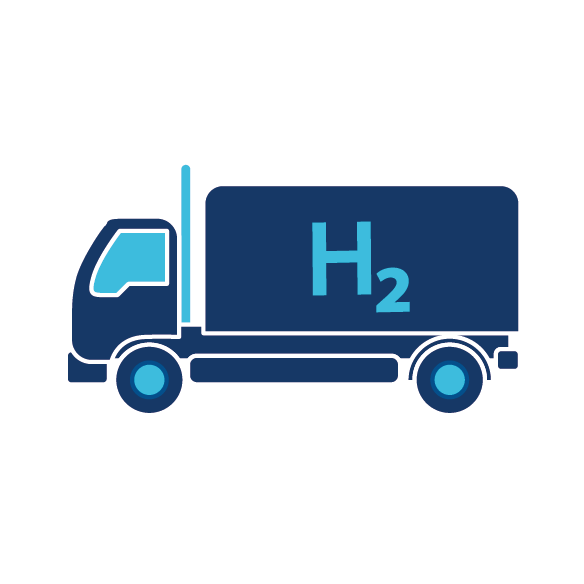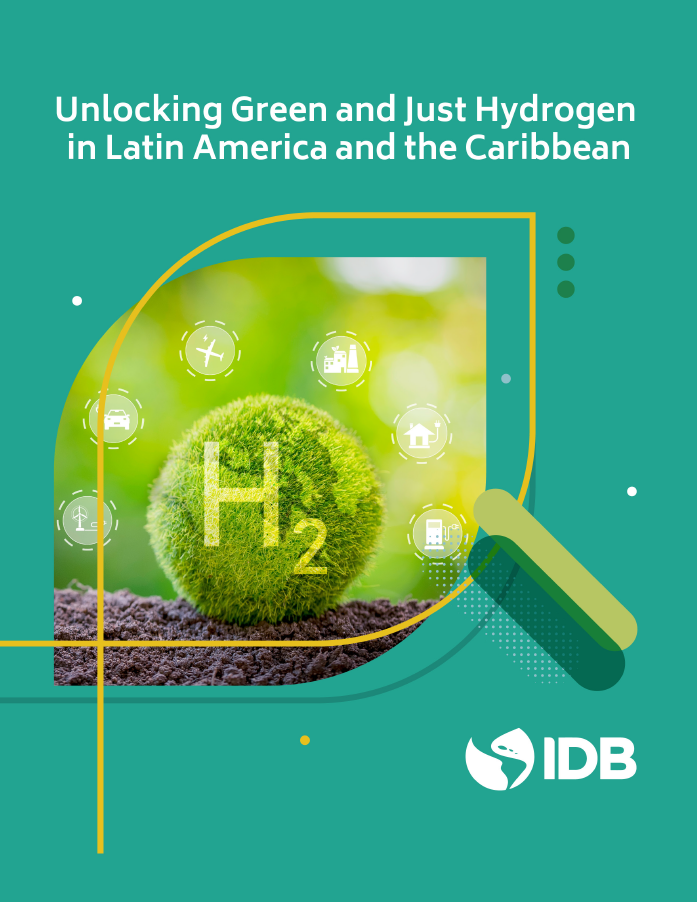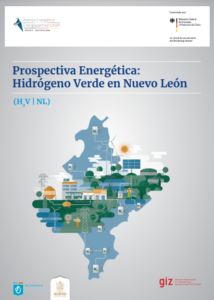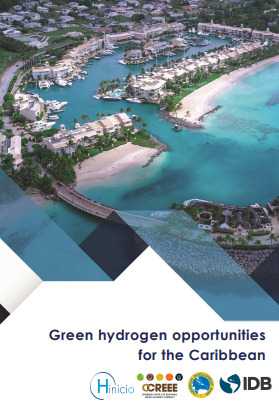The development of hydrogen and Power-to-X projects faces several challenges, especially when it comes to exporting to the European Union. These projects must align with regulations set by the European Commission, which aims to reduce member states’ greenhouse gas emissions by 55% by 2030 and achieve carbon neutrality by 2050.
One of the tools to achieve this is the Fit-for-55 policy package and the RePowerEU plan, which update EU legislation with the goal of meeting the climate commitments of the Council and the European Parliament, reducing dependence on fossil fuels from abroad, and accelerating the production and use of renewable hydrogen. In this framework, the Renewable Fuels from Non-Biological Origin (RFNBO) Delegated Acts were established in 2023, defining the conditions under which hydrogen and other derived fuels can be considered renewable. Additionally, these acts set out the methodology for calculating greenhouse gas emission savings.
Understanding and meeting these conditions is crucial for hydrogen and derivative-exporting markets to competitively enter the European market. In this context, during the LAC H2 Summit 2024 in Cartagena, Colombia, Luis Miguel Diazgranados, Head of Hinicio Colombia, delivered a conference on the key aspects.
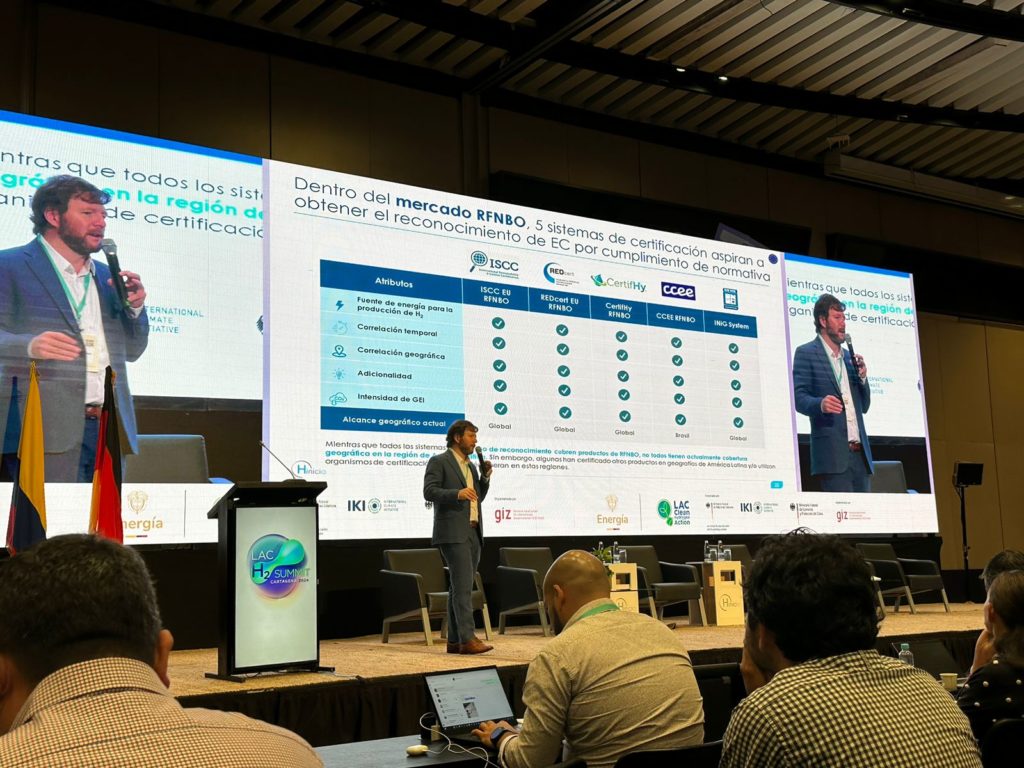
LAC H2 Summit 2024 – Source: Hinicio
In general, to comply with EU regulations and standards, an RFNBO must meet the following criteria:
- Renewable energy: The energy used in production must be of renewable origin, with various ways to define whether the electricity is renewable.
- Emission reduction criteria: A minimum 70% reduction in greenhouse gas (GHG) emissions compared to fossil fuels must be achieved.
- Certification: The fuel must be certified under a scheme recognized by the European Commission, based on a Mass Balance chain of custody.
Regarding the renewability of the energy used, the following points should be considered:
- Additionality: The renewable energy plant must be new, and both the power installation and the electrolysis plant must be operational within 36 months.
- Time correlation: The energy produced by the renewable plant must be consumed by the electrolyzer at the same time it is generated, currently defined as within the same month.
- Geographical correlation: The renewable installation and the electrolyzer must be in the same bidding zone (a geographical area where market participants can exchange energy without the need to redispatch capacity).
Conclusions
During the presentation, a few recommendations were highlighted, including:
- It is fundamental to accelerate actions in exporting jurisdictions and establish clear channels between importing and exporting countries, with precise guidelines on how to validate bidding zones.
- Collaboration among Latin American governments is crucial to act in an aligned and coordinated manner in response to these opportunities.
- Regional priorities must be aligned with the additional sustainability criteria required by programs such as H2Global.
- Developers must incorporate compliance with these regulations from the earliest stages of their projects.
Interested in learning more about this topic or looking to enter the European market? Contact us at: colombia@hinicio.com and chile@hinicio.com.


